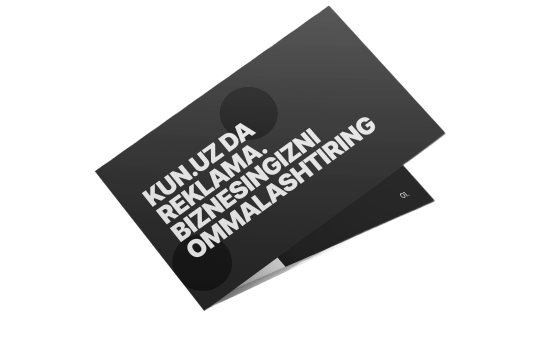Central Bank measures curb inflation outlook, utility tariffs still key concern
Inflation expectations saw a notable drop in March following the Central Bank's decision to raise its key interest rate. This is detailed in the regulator’s latest report, based on a survey conducted between March 27 and April 5.
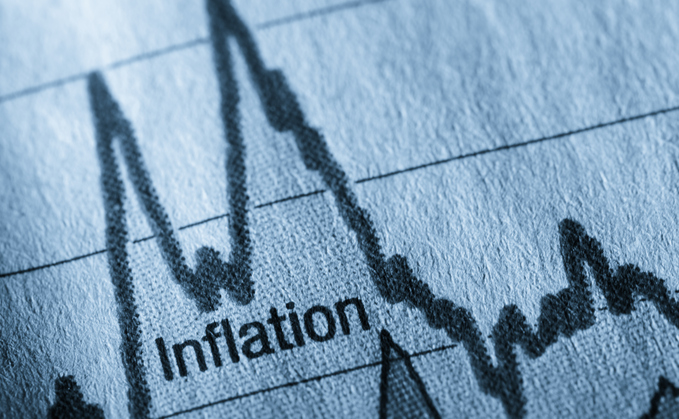
The average projected inflation rate for the next 12 months stood at 14.2% — the lowest since December 2024 and nearly one percentage point lower than in February. The median forecast was 11.5%.
Tashkent recorded the highest inflation expectations at 17.1%, though this marked a 1.9% decrease compared to the previous month. It was followed by Fergana (16.1%) and Namangan (15.5%), while the lowest figures were seen in Kashkadarya (12%), Navoi (12.3%), and Jizzakh (12.9%) regions.
By profession, the highest expectations were reported among educators and researchers (15.8%), followed by those in household services (15.2%) and the banking and finance sector (14.4%). The most optimistic sectors included tourism (12.3%), agriculture (12.8%), and IT (13%).
Among citizens, those earning 15 million UZS or more per month anticipated the highest price increases — an average of 18.5%. Respondents with monthly incomes between 10 and 15 million UZS predicted a 17% rise, and those earning around 7 million UZS expected inflation just below 16%. By contrast, people earning 2 million UZS or less projected a 12.6% rise.
The most commonly cited factor influencing expectations was the increase in utility tariffs, named by 59% of respondents. This was followed by energy prices (48%) and currency exchange rate fluctuations (39%). Notably, concerns over speculative price hikes and monopolies dropped to 26%.
Businesses also lowered their inflation forecasts. The average projected increase for the next year fell by 0.8 percentage points to 13%, with the median forecast returning to the January level of 10.9%.
By region, the highest expectations came from the capital (15.7%), Samarkand (14.6%), and Surkhandarya (14.1%). The lowest were recorded in Kashkadarya (10.6%), Khorezm (11.6%), and Navoi (11.9%).
Among sectors, educational institutions reported the highest inflation expectations at 15.5%, followed by healthcare (14.3%) and transportation (14.2%). The lowest projections came from agriculture and industry (both at 11.9%), as well as the tourism sector (12.3%).
Utility tariffs remain the leading factor influencing business forecasts (52%), followed by rising energy prices (45%), currency volatility (43%), and increased transportation costs (31%).
Recommended
List of streets and intersections being repaired in Tashkent published
SOCIETY | 19:12 / 16.05.2024
Uzbekistan's flag flies high on Oceania's tallest volcano
SOCIETY | 17:54 / 15.05.2024
New tariffs to be introduced in Tashkent public transport
SOCIETY | 14:55 / 05.05.2023
Onix and Tracker cars withdrawn from sale
BUSINESS | 10:20 / 05.05.2023
Latest news
-
Uzbekistan Launches First-Ever Direct Flight from Tashkent to Bali
SOCIETY | 19:44 / 17.06.2025
-
Customs posts serving Uzbek enclaves in Kyrgyzstan move to 24-hour regime
POLITICS | 20:40 / 17.06.2025
-
Part-time education to be phased out — but current students will graduate as planned
SOCIETY | 20:27 / 17.06.2025
-
Uzbekistan supports China–Central Asia connectivity with new energy and tech initiatives
POLITICS | 20:06 / 17.06.2025
Related News
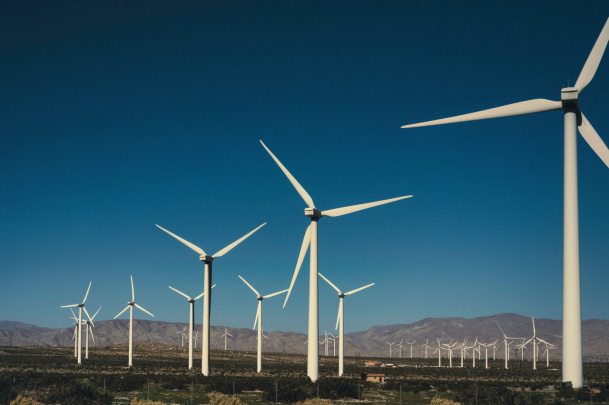
13:32 / 17.06.2025
New 500 MW wind power station commissioned in Bukhara

13:42 / 16.06.2025
Buy now, pay more: Hidden costs of installment plans raise concerns in Uzbekistan
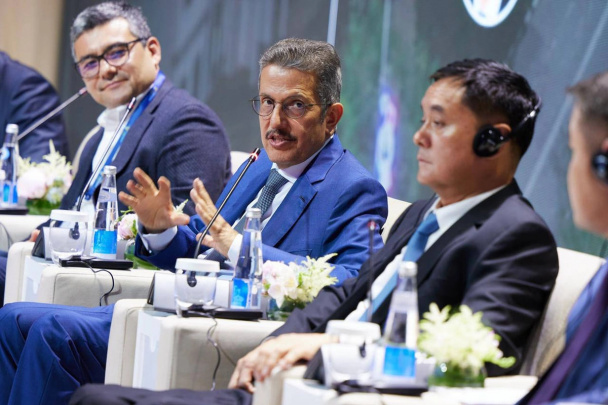
13:44 / 14.06.2025
“Energy here will be cheaper than in China” — ACWA Power backs wind projects in Uzbekistan
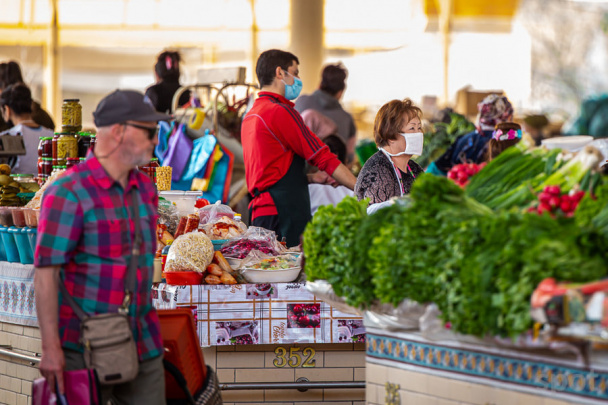
14:54 / 13.06.2025


